Anatomy of a Bond
Everything you need to know before you buy an individual bond.

Who's the issuer?
Coca-Cola Enterprises is the largest bottler and distributor of Coke products. Not to be confused with the Coca-Cola Co., which develops beverages and sells syrups to bottlers, Coca-Cola Enterprises generated sales of $22 billion in the four quarters that ended last September.
What's the interest?
From just $107.88 $24.99 for Kiplinger Personal Finance
Become a smarter, better informed investor. Subscribe from just $107.88 $24.99, plus get up to 4 Special Issues

Sign up for Kiplinger’s Free Newsletters
Profit and prosper with the best of expert advice on investing, taxes, retirement, personal finance and more - straight to your e-mail.
Profit and prosper with the best of expert advice - straight to your e-mail.
This issue pays 7.125% on a face value of $1,000, or $71.25 a year per bond, in semiannual payments.
| Row 0 - Cell 0 | How Well Do You Know Bonds? |
| Row 1 - Cell 0 | Best Buys in Bonds |
| Row 2 - Cell 0 | 5 Caveats When You Buy Bonds |
What does it cost?
Think of the quoted price -- 111.707 -- as a percentage of the bond's $1,000 face value. Each bond sells for $1,117 -- at a premium -- because the 7.125% interest coupon is better than the going rate on similar bonds. Brokerage commissions are usually built into the price of a bond. But Fidelity, on whose Web site we found this IOU, tacks a $1-per-bond commission on top of the quoted price.
When does it mature?
As long as Coca-Cola Enterprises doesn't go bust, it will repay bondholders on August 1, 2017.
What does it earn?
The yield to maturity, which is 5.40%, sums up the total return you'll earn on your investment of $1,117 per bond if you hold until maturity. This figure takes into account all the cash payments you'll receive over the life of the bond and the loss of the $117-per-bond premium when you receive the bond's $1,000 face value at maturity.
What's the quality?
A single-A credit rating is solid but not bulletproof. It signals that the company should be able to repay its debts under current business conditions, but it could run into problems if the economy or its industry weakens. The firm's $9.4 billion in total debt works out to a debt-to-capital ratio of 0.5, which is reasonable for its industry. Keep in mind that bond raters are not infallible.
Profit and prosper with the best of Kiplinger's advice on investing, taxes, retirement, personal finance and much more. Delivered daily. Enter your email in the box and click Sign Me Up.

-
 Stocks Chop as the Unemployment Rate Jumps: Stock Market Today
Stocks Chop as the Unemployment Rate Jumps: Stock Market TodayNovember job growth was stronger than expected, but sharp losses in October and a rising unemployment rate are worrying market participants.
-
 Should You Renew Your CD?
Should You Renew Your CD?With rate cuts impacting earnings, we examine if now is a wise time to renew CDs.
-
 7 Ways to Plan Now to Save on Medicare IRMAA Surcharges Later
7 Ways to Plan Now to Save on Medicare IRMAA Surcharges LaterUnderstand the critical two-year lookback period and why aggressive planning before you enroll in Medicare is the most effective way to minimize IRMAA.
-
 Best Banks for High-Net-Worth Clients
Best Banks for High-Net-Worth Clientswealth management These banks welcome customers who keep high balances in deposit and investment accounts, showering them with fee breaks and access to financial-planning services.
-
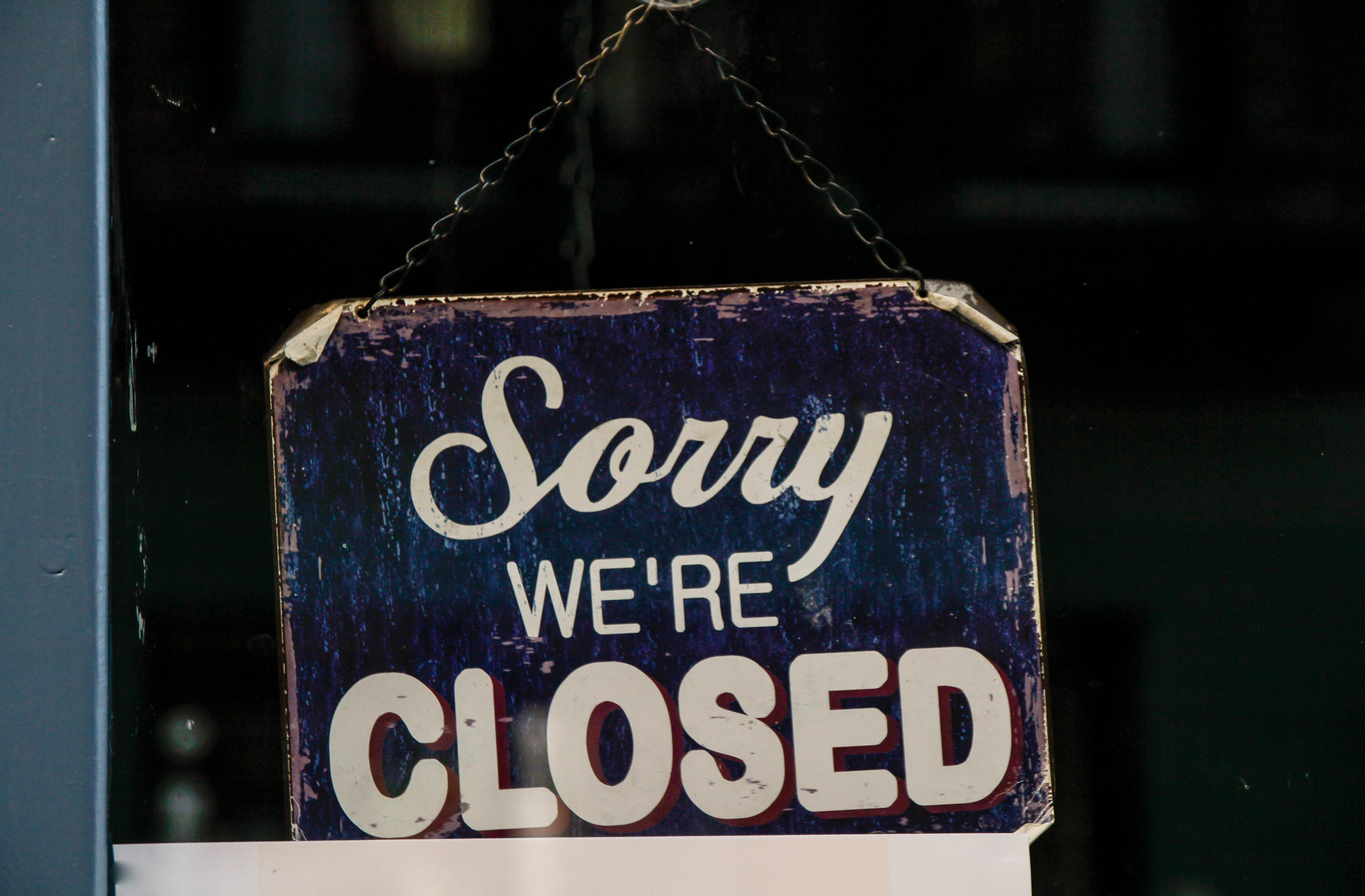 Stock Market Holidays in 2025: NYSE, NASDAQ and Wall Street Holidays
Stock Market Holidays in 2025: NYSE, NASDAQ and Wall Street HolidaysMarkets When are the stock market holidays? Here, we look at which days the NYSE, Nasdaq and bond markets are off in 2025.
-
 Stock Market Trading Hours: What Time Is the Stock Market Open Today?
Stock Market Trading Hours: What Time Is the Stock Market Open Today?Markets When does the market open? While the stock market has regular hours, trading doesn't necessarily stop when the major exchanges close.
-
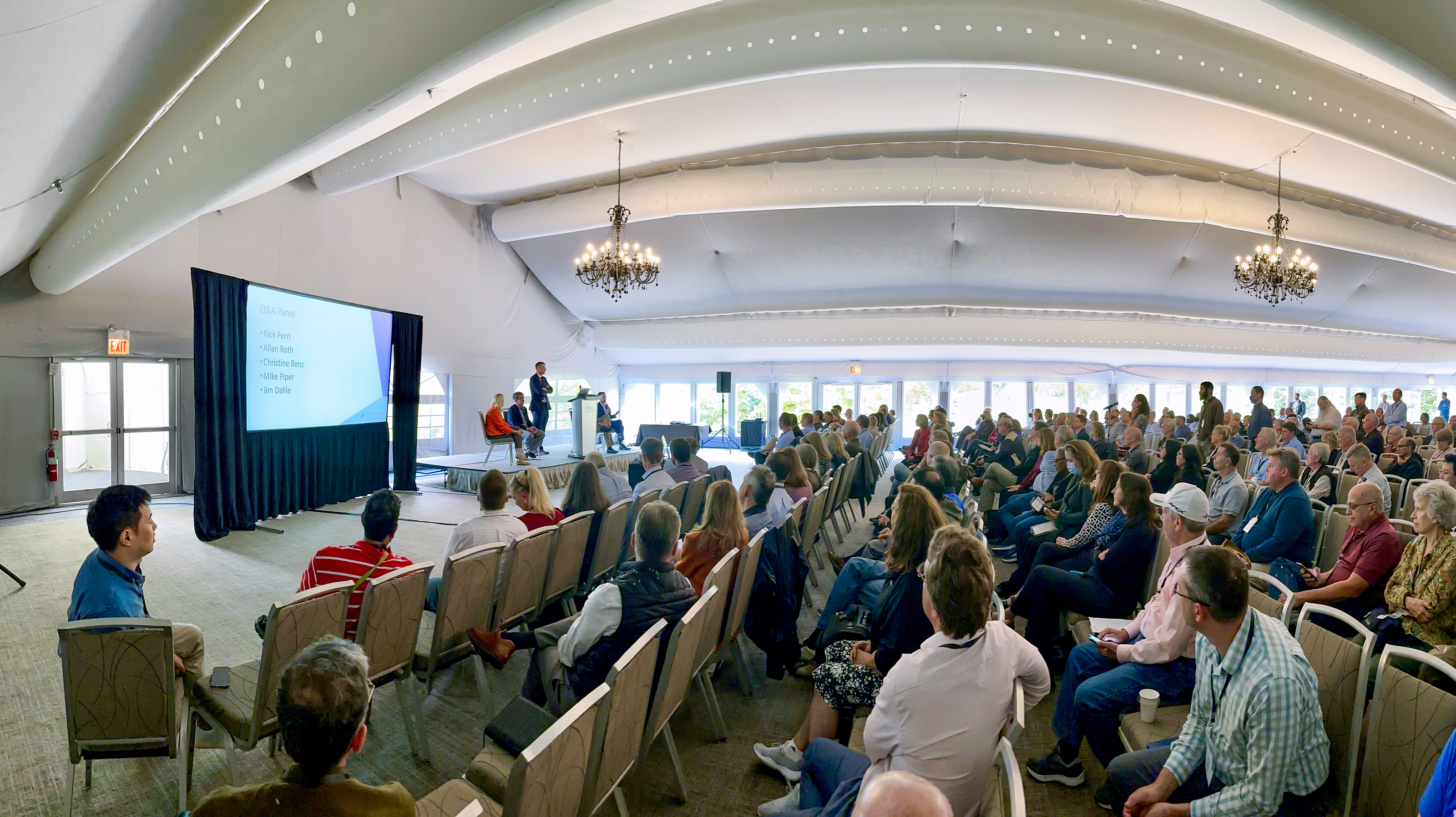 Bogleheads Stay the Course
Bogleheads Stay the CourseBears and market volatility don’t scare these die-hard Vanguard investors.
-
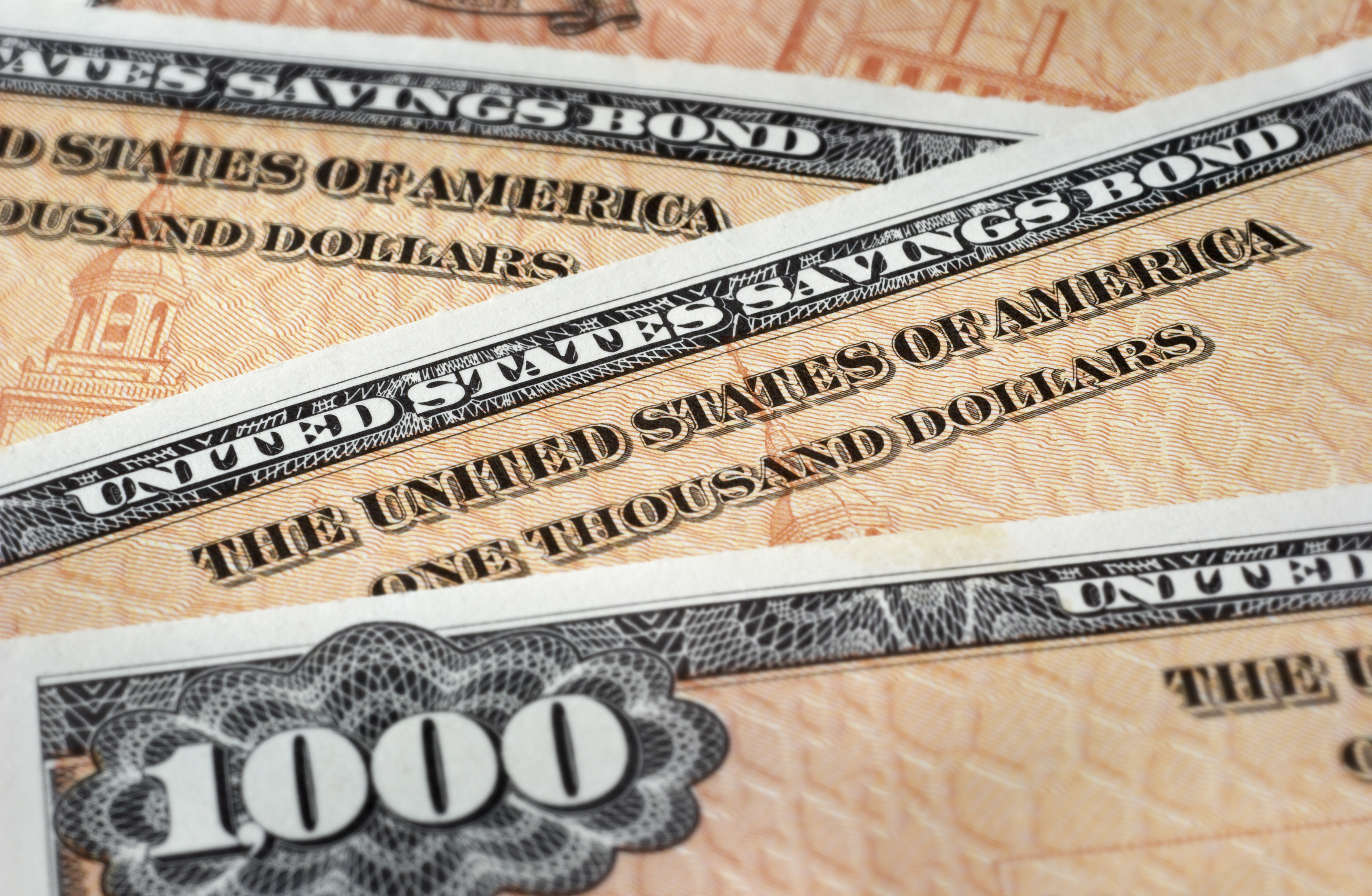 The Current I-Bond Rate Is Mildly Attractive. Here's Why.
The Current I-Bond Rate Is Mildly Attractive. Here's Why.Investing for Income The current I-bond rate is active until April 2026 and presents an attractive value, if not as attractive as in the recent past.
-
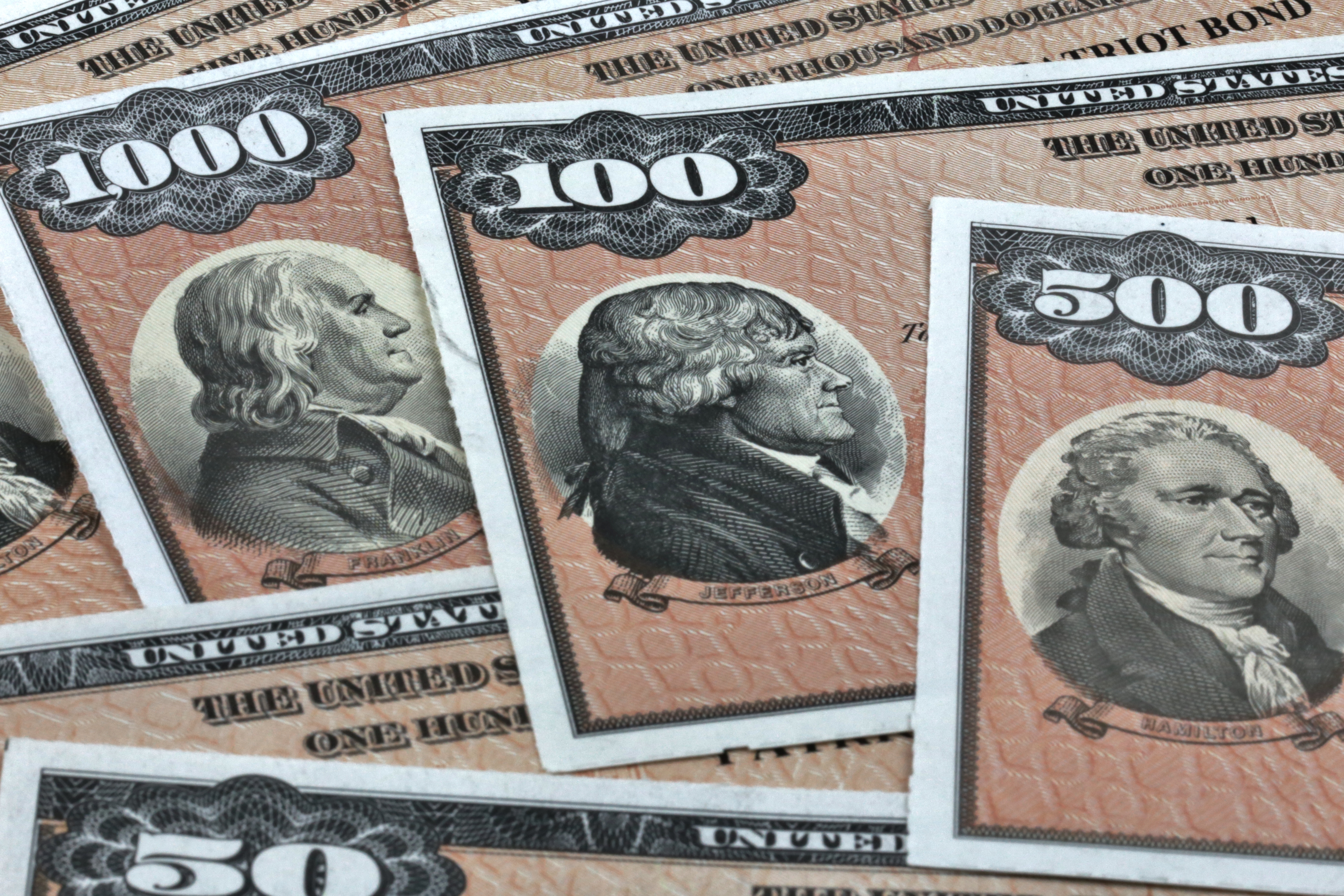 What Are I-Bonds? Inflation Made Them Popular. What Now?
What Are I-Bonds? Inflation Made Them Popular. What Now?savings bonds Inflation has made Series I savings bonds, known as I-bonds, enormously popular with risk-averse investors. How do they work?
-
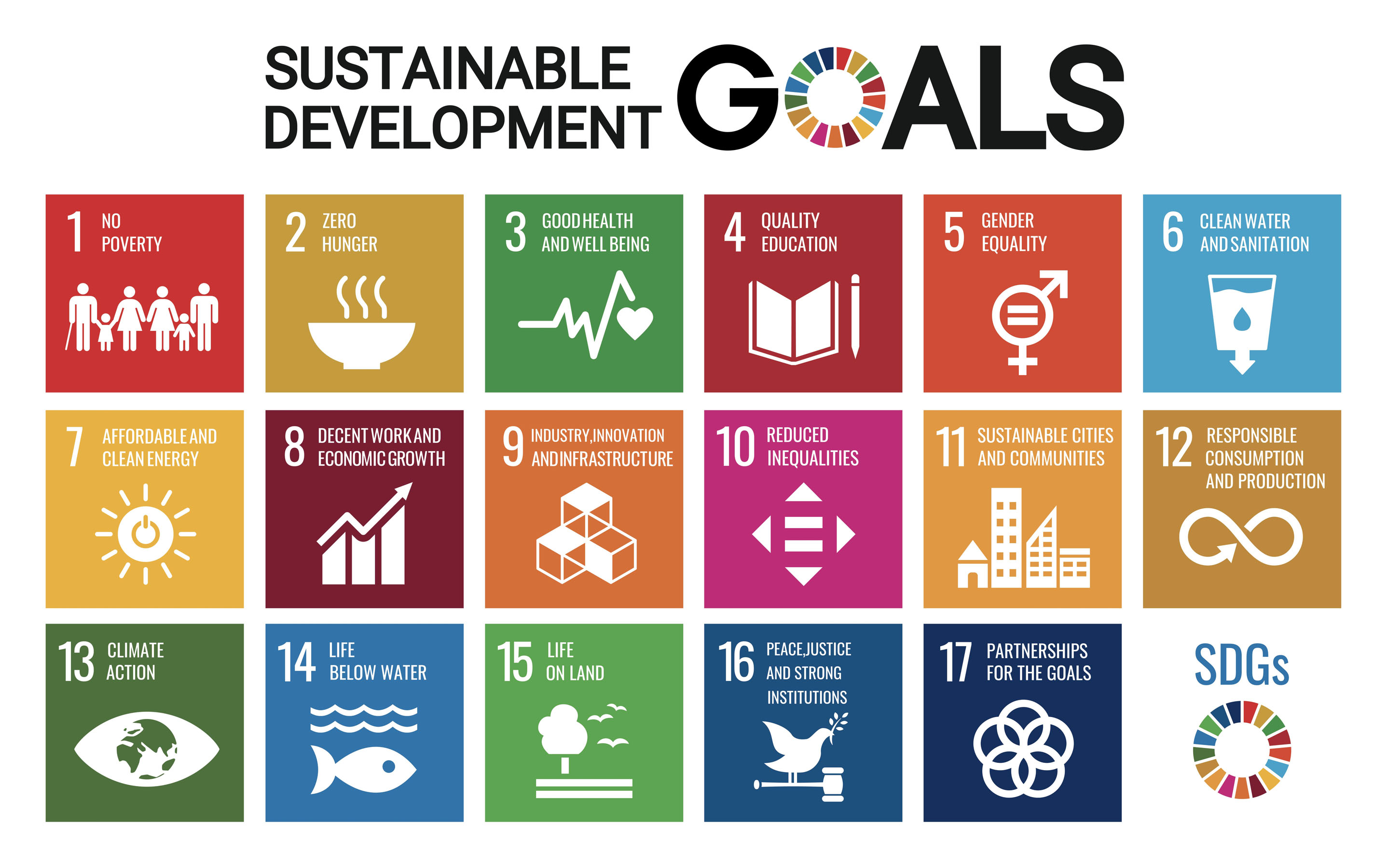 This New Sustainable ETF’s Pitch? Give Back Profits.
This New Sustainable ETF’s Pitch? Give Back Profits.investing Newday’s ETF partners with UNICEF and other groups.
-
 As the Market Falls, New Retirees Need a Plan
As the Market Falls, New Retirees Need a Planretirement If you’re in the early stages of your retirement, you’re likely in a rough spot watching your portfolio shrink. We have some strategies to make the best of things.